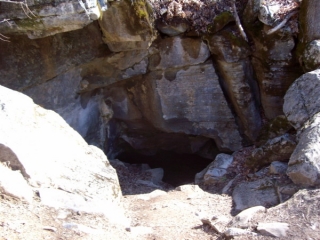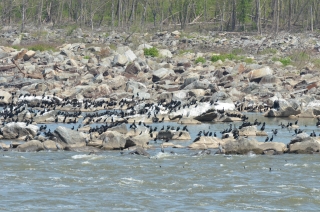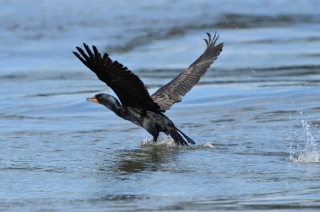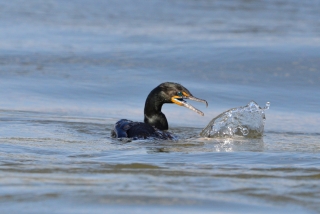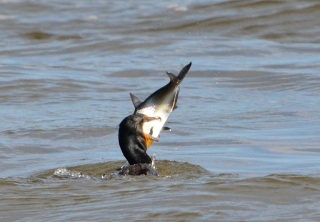The GCBS and Two Southern Sayings
The 2013 Great Chesapeake Bay Swim was held for the 22nd consecutive time yesterday, despite threatening weather and weather-related complications. Because of recent storms and flood runoff, the county health department had issued a water quality advisory which apparently caused registered 34 swimmers to stay home. 616 of us were not deterred, and 572 completed the swim. Due mainly to the strong currents, 44 of the starting swimmers were not able to finish the 4.4 miles. These get picked up by the attending power boats and transported to the finish. Despite the qualifications needed to get into the event, there are always a few swimmers who start out and then pull out, but 44 was an unusually large number. My finishing time of 3 hours and 4 minutes was disappointing, although it was enough to win my age group. It was 24 minutes slower than my time last year, which I would not have guessed because the swim felt strong and fast to me.
I’ve thought a lot about the 44 swimmers who did not complete the swim. There are no casual entries in the bay swim. Each of these people made a decision to enter back in December. They were picked from a lottery with 1200 entries. In January they were notified that they were eligible for the swim and they paid a $250 entry fee which was non-refundable after April 15. We can assume that for the prior months they had trained hard to be ready for this event, putting in countless miles and pushing to increase their speed and endurance. And we can assume that no swimmer stands on the Sandy Point beach waiting for the starting gun but planning to just swim out for part of the distance and then signal to be picked up and have a boat ride to the far shore. No, every swimmer fiercely intends to complete the 4.4 miles, and on this day a large number were unable to make it. …
